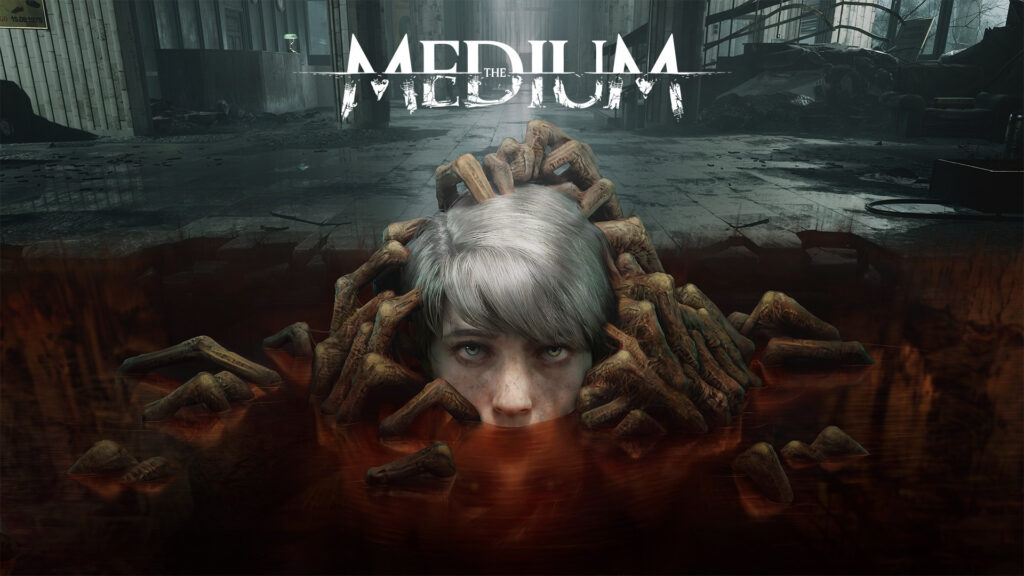
Konami may have forgotten about Silent Hill, but the fans have not. Some of these fans have gone on to become game developers themselves. Bloober Team are likely among these fans as seen in their past works like Layers of Fear, Observer: System Redux, and Blair Witch; all games that take some inspirations from Team Silent’s masterpieces.
While Bloober Team has had their hits and misses, The Medium aims to be something of a spiritual successor to Silent Hill, with a big emphasis on spiritual. Fixed camera angles, key items, and level design that loops back to previous areas; could this be something that the scorned fans will appreciate?
By embracing some of the old stylistic flourishes of classic survival-horror games and putting an interesting two-world twist that could only be done with modern technology; The Medium plays lip-service to the classics while doing something new. Does the Xbox Series X|S specs warrant The Medium‘s approach to game design, or could it have been done on last gen hardware?
The Medium
Developer: Bloober Team S.A.
Publisher: Bloober Team S.A.
Platforms: Microsoft Windows, Xbox Series X|S (reviewed)
Release January 28, 2021
Players: 1
Price: $49.99
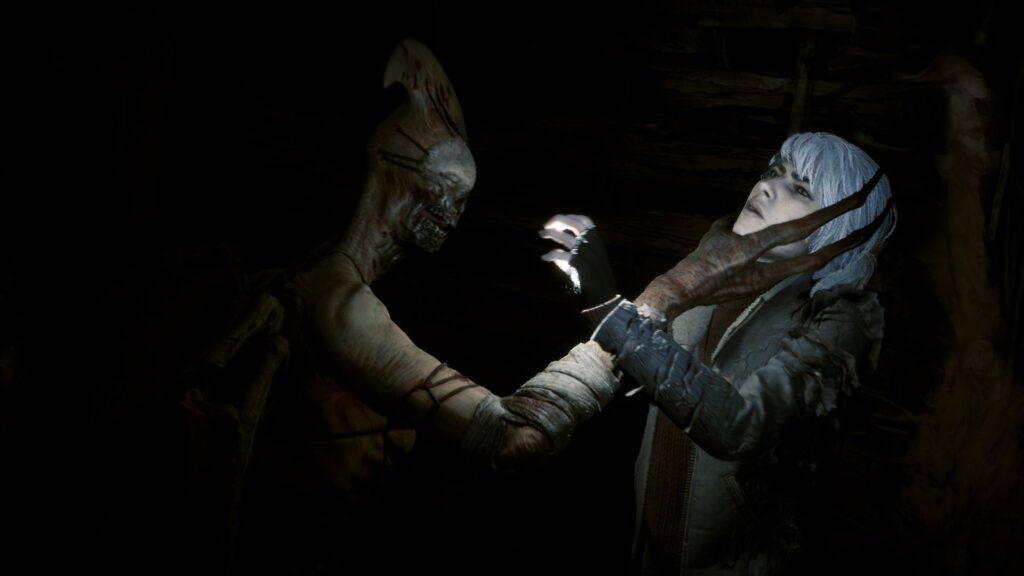
Along with the likes of Final Fantasy VII Remake, The Medium will stand tall as one of the best looking Unreal Engine 4 games. It is the first thing about the game that will catch anyone’s attention. The immaculate 3D modelling, vast range of materials to texture the world, and the unbelievable lighting.
Every frame of The Medium looks incredibly natural, and has a great deal of care put into it. A lot of this has to do with how so much of what the player can see is controlled by the designers. Like a lot of the best survival-horror games of the past, The Medium uses fixed camera angles.
Since Bloober Team is not a huge studio, they had to be very economical with their art department and what can be rendered. The Medium‘s thoughtfully placed POVs means the player cannot quickly swivel the camera around or force a view that the game’s designers may not have intended.
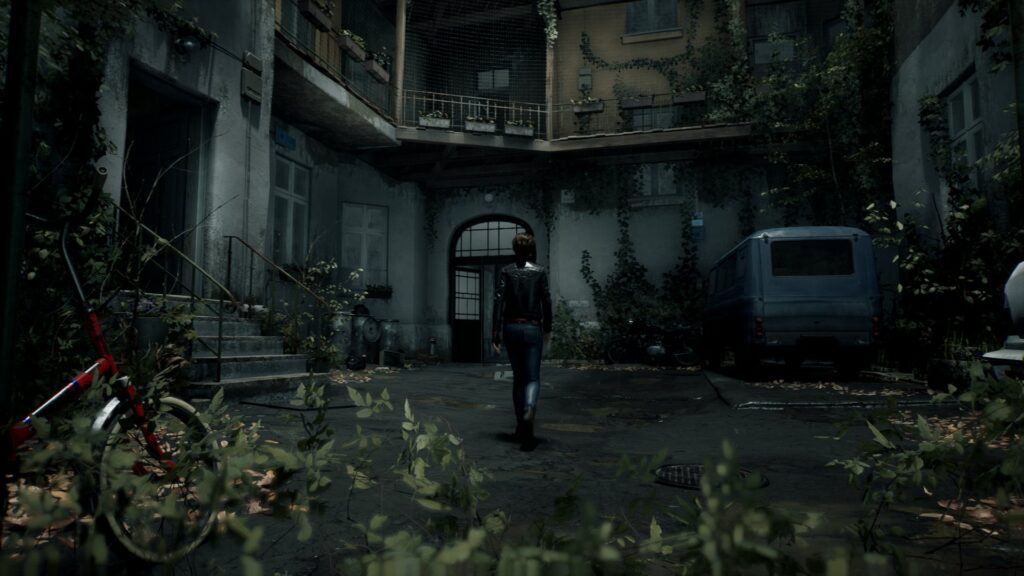
Taking away camera control and setting up predetermined angles allows the designers to pack in every shot with details or story telling elements. They are able to set the mood with a picturesque shot, where shadows and light sources direct the view of the gamer. Having such distinctive frames makes every area a landmark, making the need for a map or quest marker obsolete.
The Medium is about Marianne, a woman who can communicate with the dead and project herself into the spirit plane. This rare talent makes her an ideal candidate for solving murder mysteries, and the unusual case she gets involved with will have her facing tragic inner demons and an actual demon.
Marianne’s journey will have her interact with several spirits, some of which have some parallels to figures in her own life. The way she reacts and interacts with what she faces is how her character is developed. Her voice actress conveys a very dryly witty woman who has seen a lot, thanks to her ability to connect with spirits.
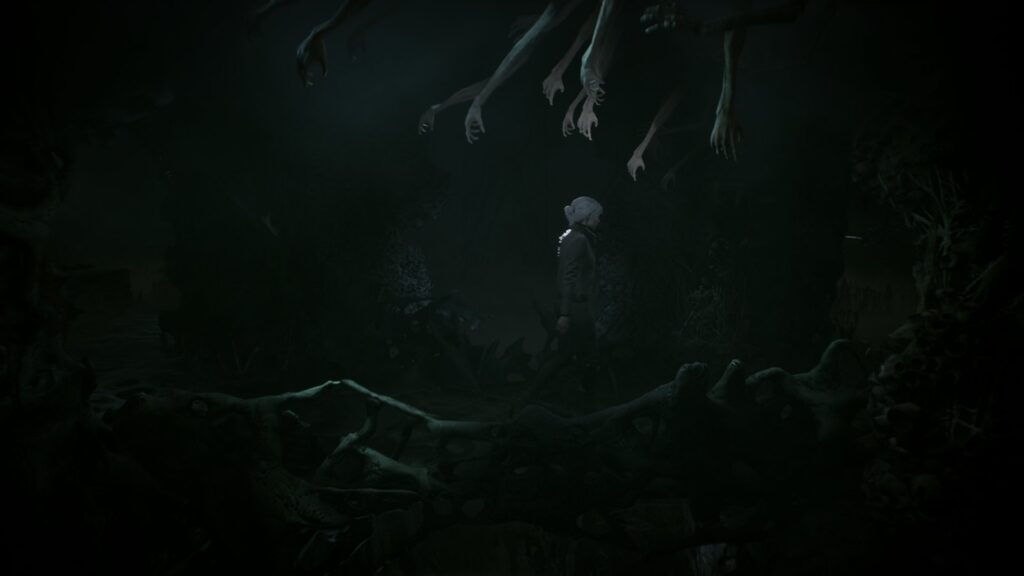
Marianne also is written in a way where she happens to connect the dots just at the moment the player might. This makes her come off as intelligent, and thankfully she never succumbs to being obnoxiously snarky or stand-offish. Her voice actress does an excellent job at expressing a tired woman who carries a lot of baggage.
The only criticism that can be levied at the visuals is that Marianne’s facial animations are stiff or nonexistent. It is the only giveaway of The Medium‘s status as a AA game, and explains why all the spirits were given the stylistic choice of having porcelain masks for faces.
Marianne’s face hardly moves when she is having a conversation. It is not like in Silent Hill 3, where Heather’s expressions have little details like wrinkles on the corners of her mouth when she smiles or how her eyebrows furrow and arc when she gets mad. As impressive as The Medium looks, the lack of expression will stand out to anyone who pays attention to acting.
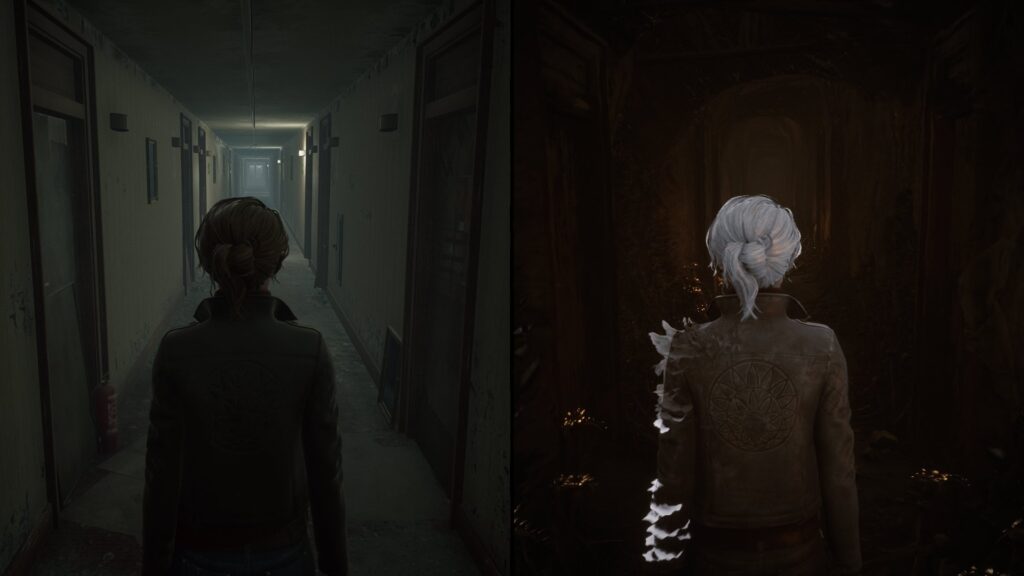
It is easy to be impressed by the photorealistic and natural looking environments of the physical world. Walking around the wooded areas feels cold and looks appropriately foggy. The dilapidated interior environments look like they smell moldy, and little touches like dripping water and the damp floor adds further believability.
The spirit plane is a totally different animal and is not a simple re-texture of the physical world. Whatever the spirit plane is supposed to be, it often defies explanation. Some parts of it resemble dried husks of flesh that vaguely form familiar structures. There are suggestions of bones and what looks like coral and dried skin flakes fluttering in the air.
Sometimes the spirit plane takes on a less abstract form. This is usually done to convey some story telling element, and is a much more literal approach that most people will understand. Going into a painting of a hedge maze, Super Mario 64-style, is one example of The Medium transporting the player to a memory of another character. Its a clever way to have more variety of locations.
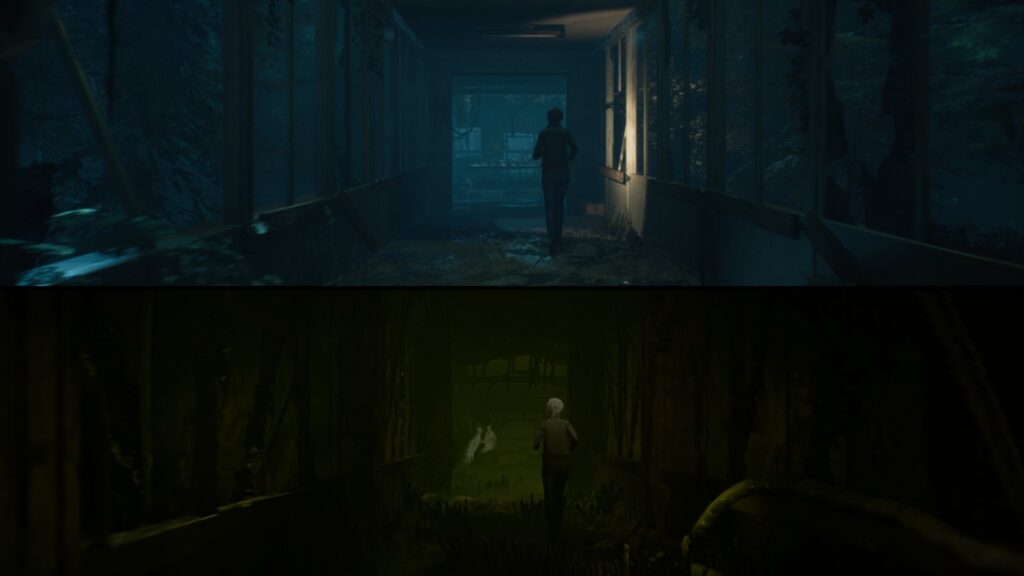
The big draw of The Medium and how it uses both the spirit plane and the physical world, is how it uses split-screen to have players control Marianne and her astral projection at the same time. The best puzzles in the game lean on this mechanic, and will demand users how to use both planes of existence to negotiate obstacles that would be otherwise impossible.
Marianne’s astral projection does come with some unique abilities that make her distinct from her flesh and blood counter-part. She is able to absorb energy, and can use this to juice up electrical boxes or to fend off a swarm of death head moths. The energy can also be used to generate a protective barrier that allows safe traversal from hazardous areas.
No matter what, Marianne is not able to use her abilities offensively. Not that she has much of a choice, since the forces she is up against are beyond understanding or comprehension. There is a demon that does show up at specific moments that brings with it either a chase sequence or a stealth segment. Neither are challenging, but they are rare and do add some variety to a slow game.
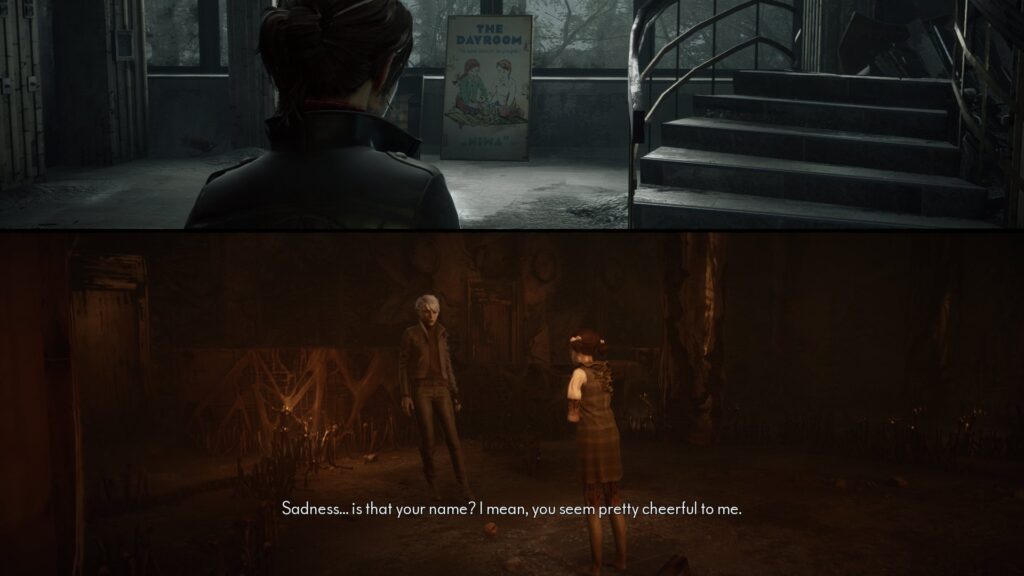
The Medium does not rely on the split world mechanic to make its point. It is something that only occurs at certain points and whether the split is horizontal or vertical depends on the moment. If the area is open, the designers were smart to make the split horizontal. This gives a wide view of the area in both spirit and physical planes, making navigation in both very natural.
If the split happens in an area with tight corridors, the view is cut vertically. In cramped quarters, this allows for a clear view ahead of Marianne. Team Bloober were very careful with this mechanic, and understood the risks that come with it. This could have been really annoying to control, but The Medium perfectly executes this concept as well as it possibly could.
A lot of The Medium is exploring, reading notes and solving puzzles to progress. While Marianne will sometimes have to go in and out of the planes using mirrors to alternate instantaneously, she will also find intriguing key-items and will have to use them in the correct location.
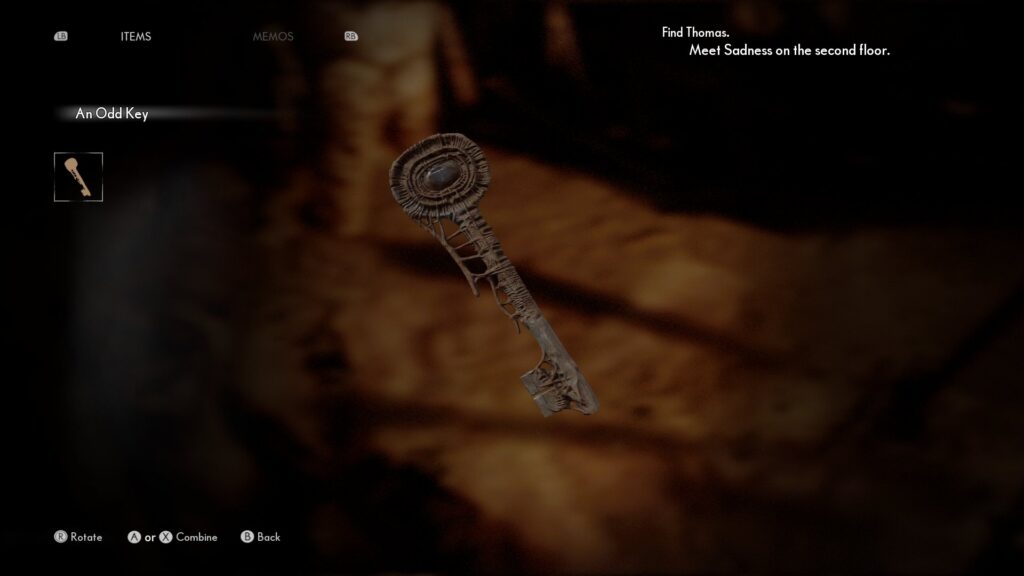
Most of the time these puzzles are easy to figure out since the items are rarely far away, but once in a while there is a tricky one that demands a bit more attention. Developing photography will require actual timing of the placement of photo paper in the various fluids, and will also need to be done in a specific order.
Some locations change based on some interactions with specific objects, which can open or potentially close a path. Marianne will be going through so many hoops and jumping between planes that it will become disorienting, only for it all to make sense when she ends up back to a familiar area.
The pacing and flow of set-pieces are confidently directed. It starts deliberately slow, and gradually builds up to utter surreal spectacle. The nightmarish and emotional climax of the story peaks at the right moment when all the answers fall into place, making for a satisfying conclusion.
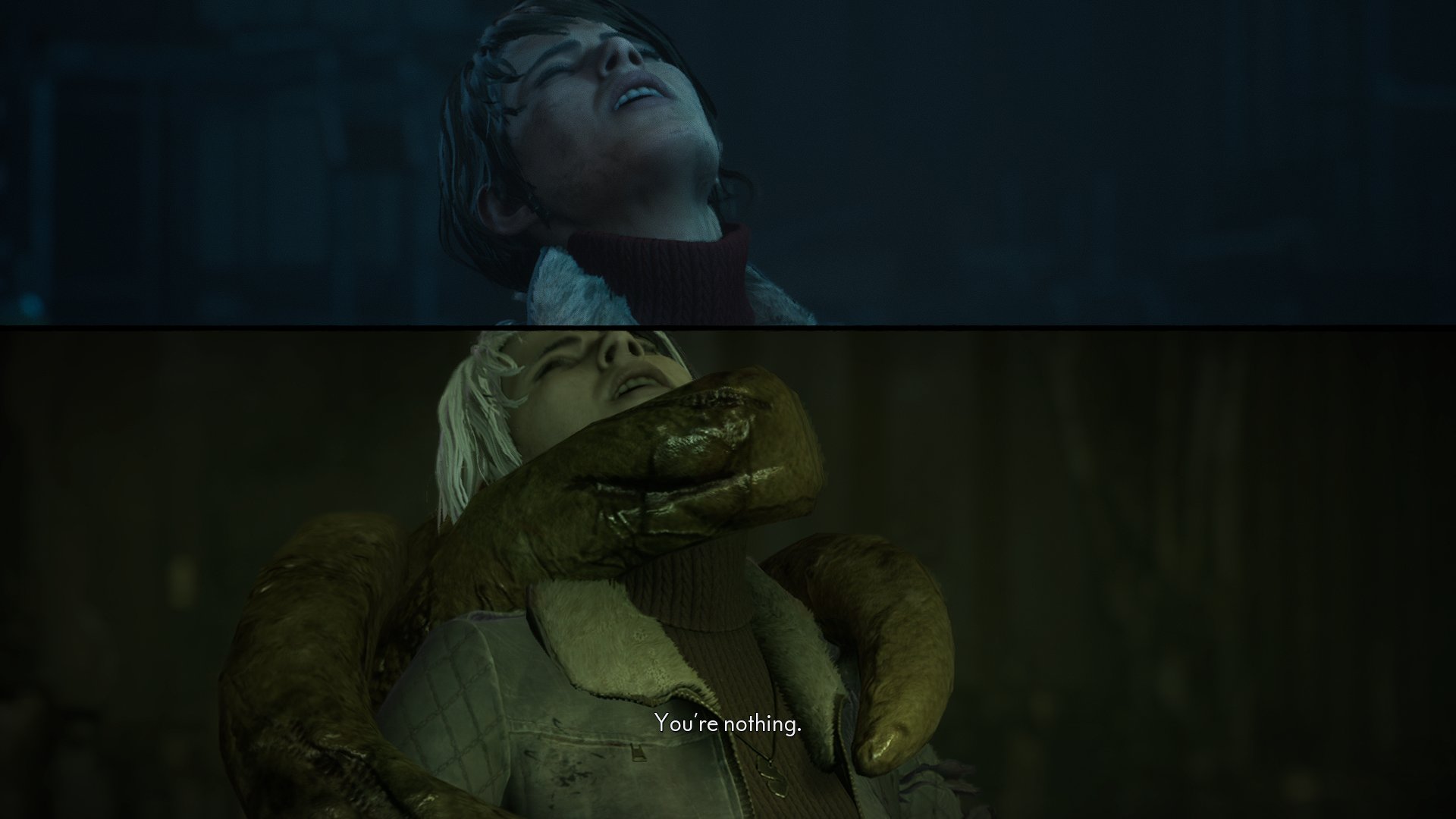
For all of The Medium‘s excellence, it is questionable that it couldn’t be done on last gen hardware. It is a 30 frames per second game that looks on par with A Plague Tale: Innocence. Devil May Cry V is a last gen game that has a Series X|S enhanced port, that has dozens of enemies on screen while running 120 frames per second. The Medium rarely has much going on other than one or two characters.
Other technical hang ups like texture loading does occur while playing on Series S. It usually happens with items while examining, and some readable signs that are blurry when entering an area. It happens often enough to become distracting.
Load times for respawning from a death are a tad lengthy for a Series X|S game. The Medium was likely made for last gen limitations, and still has a lot of the hard caps programmed into its code. Outside of the ray tracing, there does not seem to be much that suggest that this could not run on an Xbox One.
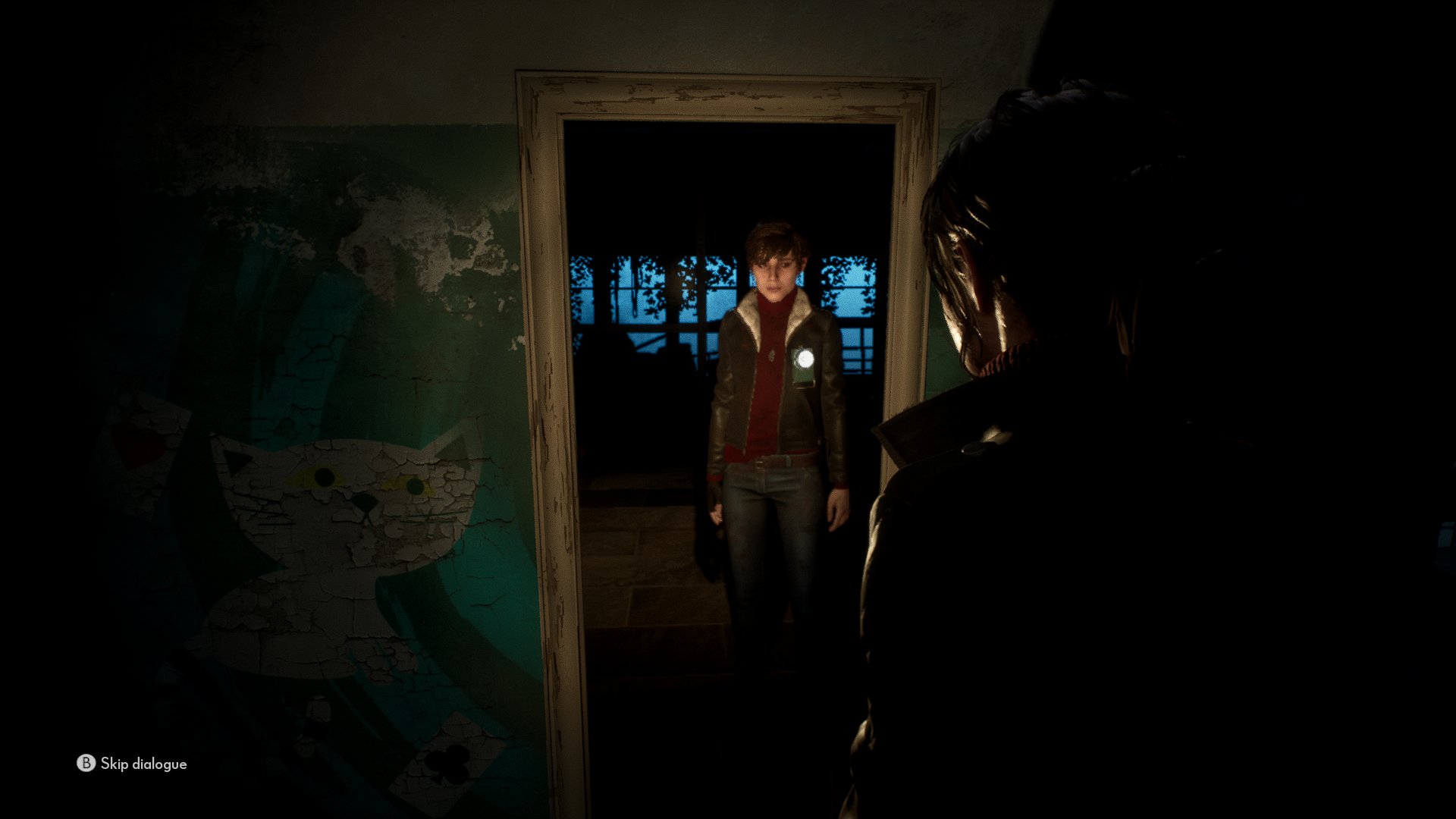
Since the developers were deeply inspired by Silent Hill, they had to get Akira Yamaoka involved on soundtrack duties. As per usual, Yamaoka’s grungy, industrial ambiance brings the boys to the yard and is fittingly used for the spirit plane.
Yamaoka’s music sounds like it breathes heavily and melancholically. Almost like a depressed sigh with a low and smoldering hatred burning under the surface. Familiar samples that is part of his signature sound add legitimacy to The Medium as a worthy alternative to Silent Hill in an era where it is dead.
Yamaoka’s most refined work are his collaborations with Grasshopper Manufacturer. His work on The Medium is about what anyone would expect if he did another Silent Hill. While it is nice to hear this style again, it does seem like he is going through the motions. It would have been more interesting if Yamaoka came up with something new like he does for Grasshopper.
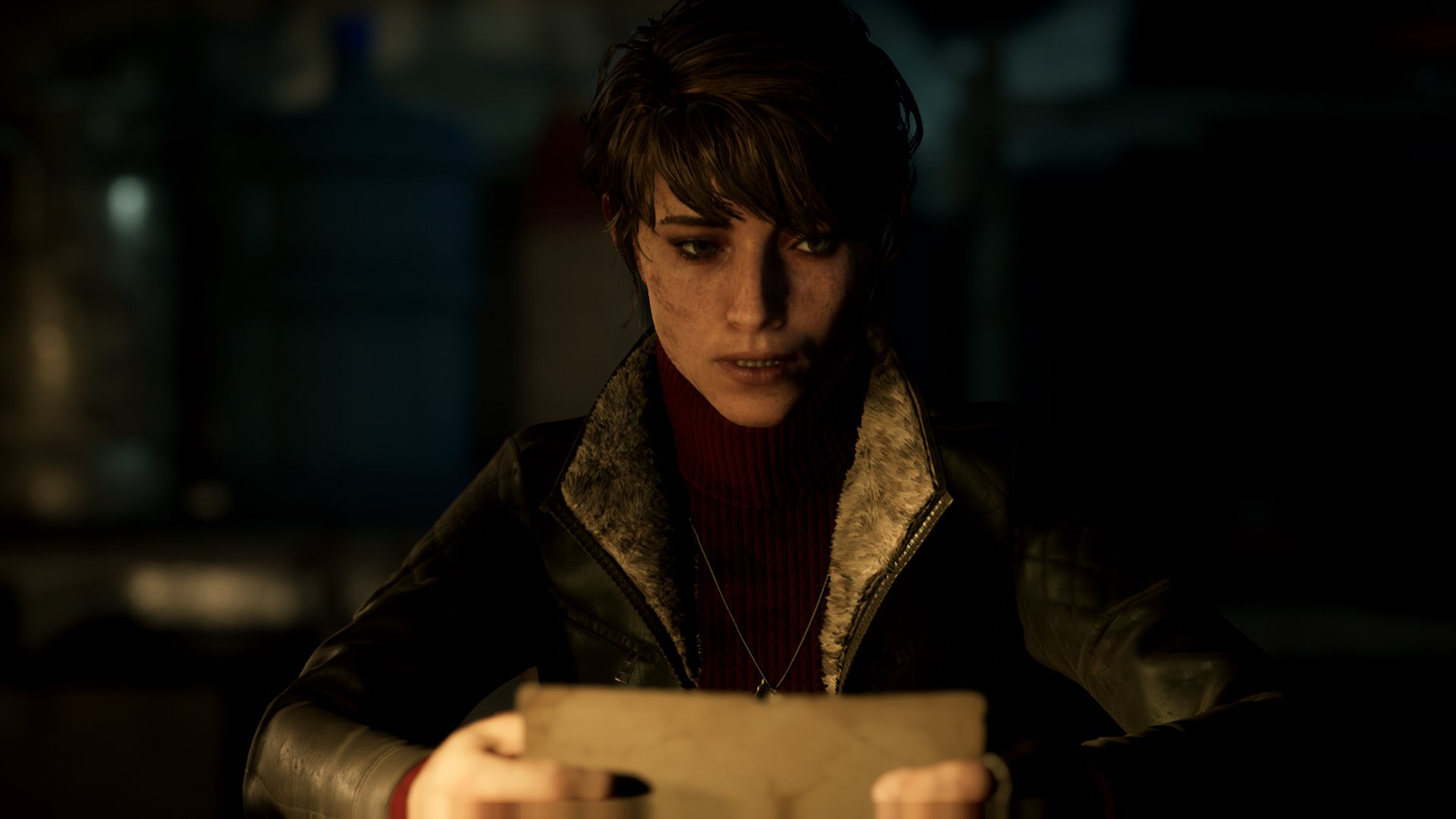
The Medium is a worthy throw-back to the classic design philosophy of survival-horror. If only Bloober Team had the courage to include tank-controls, then this would be a perfect representation of games from that era. Having tank-controls would have made control tighter and more consistent when traveling between fixed angles.
It would have been fun as an option, but The Medium is very light on options or post-game content. Sadly, this is a one and done kind of game. The tight directing that the game has does not permit any kind of variation of play. At best, some objectives might be done in slightly different order.
The Medium is a tightly designed horror-puzzle game. There may not be much survival at all, but presentation of the spirit plane is captivating and the driving mystery of the story will leave enough bread crumbs to allow players to piece the answer themselves.
The Medium was reviewed on Xbox Series S using a review code provided by Bloober Team S.A.. You can find additional information about Niche Gamer’s review/ethics policy here.